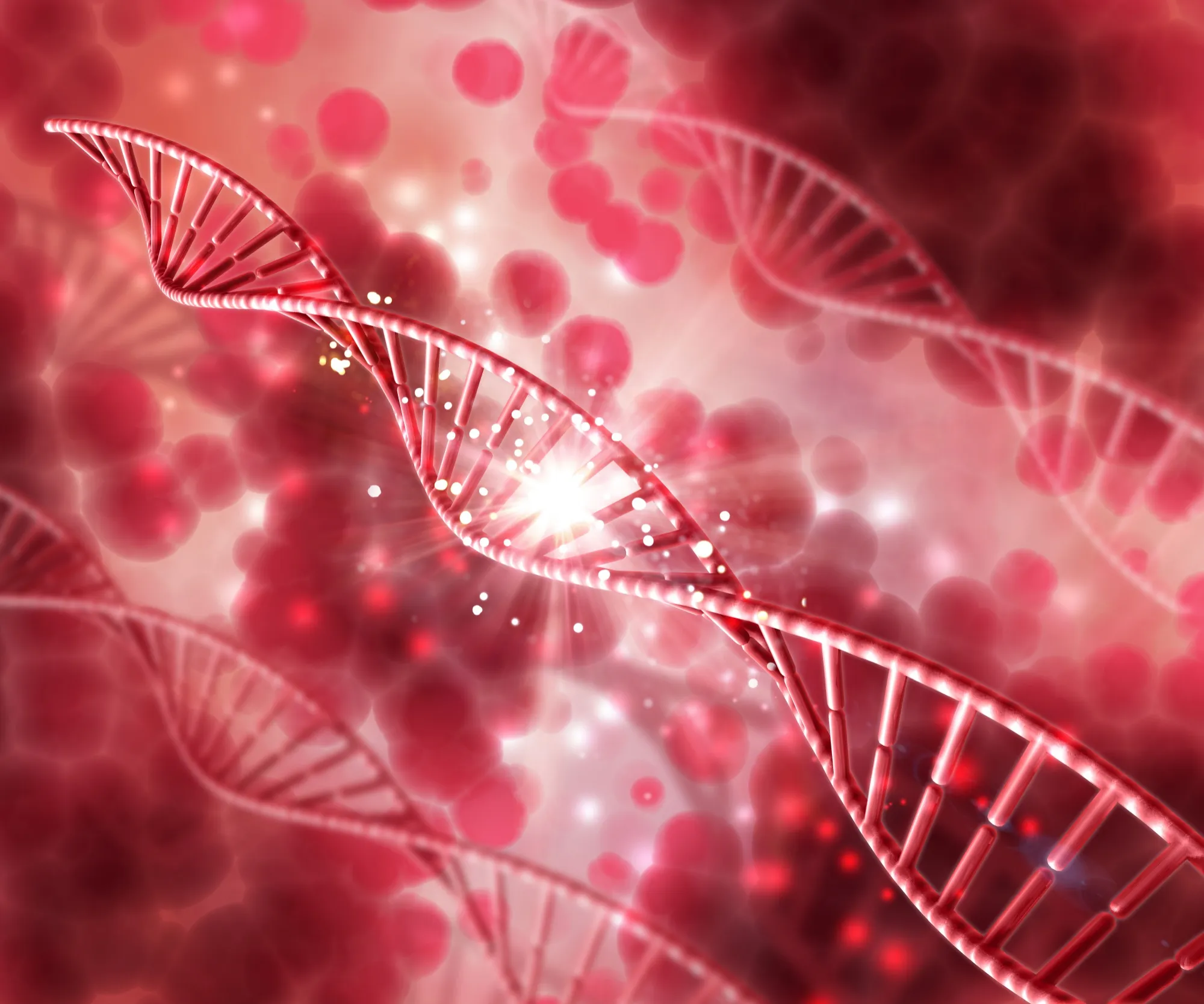Thalassaemia, a group of inherited blood disorders characterized by reduced or absent synthesis of hemoglobin chains, disturbs the production and function of red blood cells. Among its types, α-thalassaemia is notably prevalent, especially in regions such as Southeast Asia, the Middle East, Mediterranean countries, and Africa. Pioneering research has uncovered a vast spectrum of mutations causing α-thalassaemia; however, novel mutations continue to emerge. A study describing a large novel deletion causing α-thalassaemia in a Chinese family was published in BMC Medical Genetics (DOI: 10.1186/s12881-019-0797-8), enriching the pool of genetic variations associated with the disease.
Discovery and Molecular Analysis
Research conducted by Zhuang Jianlong and colleagues at Yaneng BIOscience (Shenzhen) Co. Ltd and various medical institutions in Fujian Province, China, has led to the identification of a large novel α-thalassaemia deletion. By using the combined techniques of Gap-PCR, MLPA (Multiplex Ligation-dependent Probe Amplification), DNA sequencing, and bioinformatics analysis, researchers were able to detect and sequence the novel deletion.
The study set a landmark by utilizing a comprehensive molecular approach to better understand the genetic underpinnings of α-thalassaemia. It also illuminates the potential for improved diagnostic approaches and personalized management of the condition.
Clinical Relevance and Ethical Standards
The clinical relevance of this research cannot be overstated. Recognizing pathogenic α-globin gene mutations is fundamental for the diagnosis and management of α-thalassaemia. Ethically, the study adheres to rigorous standards. The ethics committee of The Woman’s and Children’s Hospital of Quanzhou approved the research, and all patients provided written informed consent for scientific research and publication purposes.
Implications for Diagnostics and Treatment
The implications of the discovery of new genetic deletions are wide-ranging. First and foremost, the comprehension of this novel deletion facilitates enhanced diagnostic accuracy. Besides, a thorough genetic perspective enables prenatal diagnosis and carrier screening, thereby contributing significantly to the prevention and better management of the disease.
Future Perspectives
The identification of novel deletions and mutations forms a cornerstone for future therapeutic strategies, including gene editing and novel pharmaceutical interventions. As the molecular understanding of α-thalassaemia evolves, so does the possibility of innovative treatment modalities.
Pivotal References
1. Rund D. “Thalassaemia 2016: modern medicine battles an ancient disease.” Am J Hematol. 2016;91(1):15–21. doi: 10.1002/ajh.24231.
2. Weatherall DJ. “Keynote address: the challenge of thalassaemia for the developing countries.” Ann N Y Acad Sci. 2005;1054(1):11–17. doi: 10.1196/annals.1345.002.
3. Liao C, et al. “Prenatal control of Hb Bart’s disease in southern China.” Hemoglobin. 2007;31(4):471–475. doi: 10.1080/03630260701634463.
4. Zheng CG, et al. “Molecular Spectrum of α-and β-globin gene mutations detected in the population of Guangxi Zhuang autonomous Region, People’s Republic of China.” Hemoglobin. 2011;35(1):28–39. doi: 10.3109/03630269.2010.547429.
5. Cao J, et al. “Prenatal diagnosis and molecular analysis of a large novel deletion (-JS) causing α0-thalassemia.” Hemoglobin. 2017;41(4–6):243–247. doi: 10.1080/03630269.2017.1374968.
Keywords
1. α-Thalassaemia novel deletion
2. α-Globin gene mutation
3. Thalassaemia diagnostics
4. Genetic blood disorders
5. Hemoglobinopathies research
The progress in the field of medical genetics is exemplified by the findings of Zhuang Jianlong and his team. Such advances promise forward strides in the battle against ancient diseases like thalassaemia, which continue to pose considerable health challenges across the globe. As our molecular insight deepens, so does our hope for a future where genetic blood disorders are expertly diagnosed, managed, and potentially cured.
